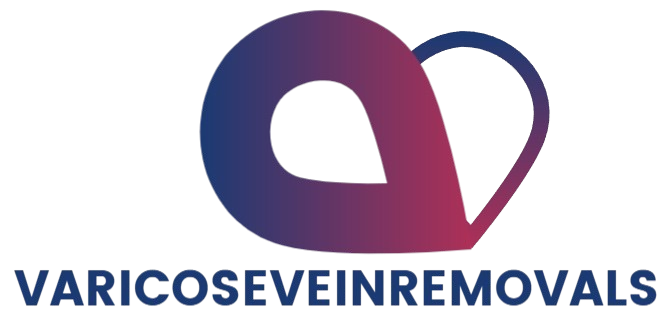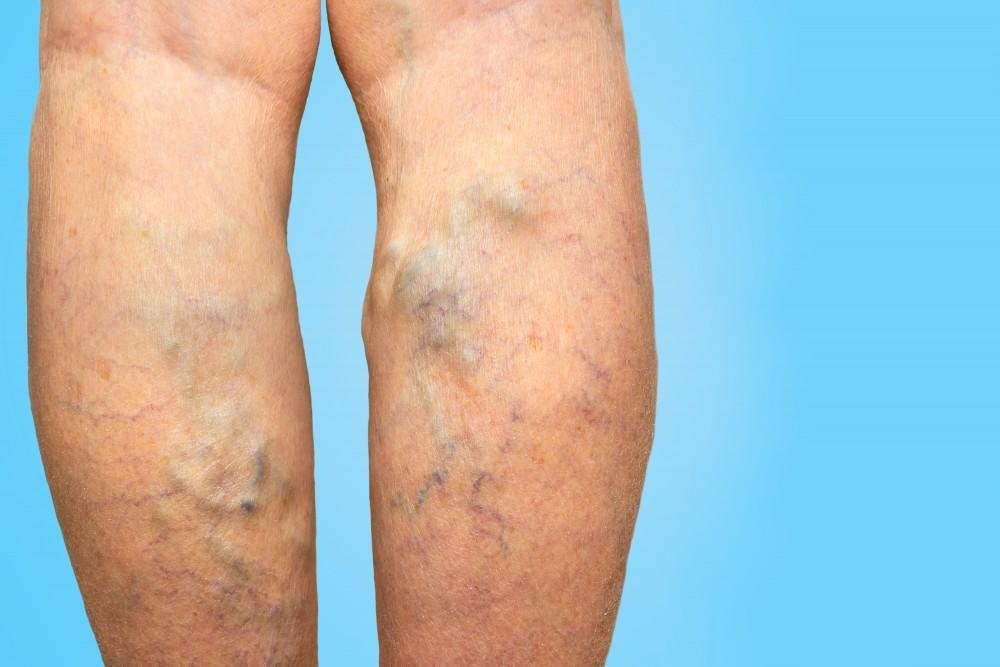When we think about vein disease, it’s easy to assume it’s a single condition. However, vein disease actually encompasses a range of health issues, with varicose veins and chronic venous insufficiency (CVI) being two of the most common. More than 30 million Americans are affected by some form of vein disease, and this number is expected to rise in the coming years. With such widespread prevalence, it’s essential to understand what vein disease is, how it impacts your body, and, most importantly, how you can care for your veins to prevent complications.
At South Shore Vein and Aesthetic Medicine, Dr. David T. Jacobs and his team in Rockville Centre, New York, are committed to helping patients understand and manage vein disease. Here’s a closer look at what vein disease entails and the steps you can take to keep your veins healthy.
The Basics of Vein Health
Your veins are an essential part of your circulatory system. Unlike arteries, which carry oxygen-rich blood from the heart to the rest of the body, veins are responsible for returning deoxygenated blood back to the heart. In fact, about 70% of your total blood volume is contained within your veins.
Veins are equipped with one-way valves that prevent blood from flowing backward, helping the blood flow upward against gravity, especially in your legs. When these valves become weak or damaged, blood can pool in the lower extremities, leading to various complications—this is where vein disease comes into play.
Common Types of Vein Disease
Several conditions fall under the umbrella of vein disease. These can range from cosmetic concerns to more serious health risks. Age, weight, genetics, gender, and prolonged periods of sitting or standing all contribute to your risk. Below are some of the most common types of vein disease:
1. Varicose Veins
Varicose veins are enlarged, twisted veins that often appear blue or purple and are most commonly seen in the legs. They occur when the valves within the veins weaken or malfunction, allowing blood to pool instead of moving efficiently back to the heart. While varicose veins may seem like a cosmetic issue, they can cause discomfort, such as pain, aching, and heaviness in the legs. They can also increase the risk of developing blood clots.
2. Chronic Venous Insufficiency (CVI)
CVI occurs when the valves in the veins fail to function properly, leading to blood flow reversal and pooling. This condition is often the underlying cause of varicose veins. Common symptoms of CVI include leg swelling, pain, skin changes, and a feeling of heaviness. The condition can affect veins of all types—deep, superficial, or perforating veins—and can lead to more serious complications if left untreated.
3. Deep Vein Thrombosis (DVT)
DVT is a serious condition in which a blood clot forms in a deep vein, typically in the legs. If a clot breaks loose, it can travel to the lungs, leading to a pulmonary embolism, which can be life-threatening. DVT often causes pain and swelling, and it requires prompt medical attention to avoid complications.
How to Care for Your Veins
Whether you’re already dealing with vein disease or simply want to protect your veins from future issues, there are several steps you can take to keep your veins healthy and reduce the risk of complications. Here are some expert tips for vein care:
1. Stay Hydrated
Proper hydration is crucial for healthy blood flow and vein function. When your body is well-hydrated, your blood maintains a more optimal consistency, reducing the chances of clot formation and improving circulation. The general guideline is for men to drink about 15.5 cups of fluids per day and for women to aim for 11.5 cups, with some of this intake coming from water-rich foods like fruits and vegetables.
2. Wear Compression Stockings
For those already experiencing symptoms of vein disease, or for those at higher risk, compression stockings can be a game changer. These stockings gently apply pressure to the legs, helping improve circulation and reduce swelling. If Dr. Jacobs recommends them, make sure to wear them as directed, especially if you have a family history of vein issues or are dealing with discomfort from existing varicose veins.
3. Stay Active
Physical activity plays a vital role in promoting good circulation and keeping your veins healthy. When you walk, your calf muscles help pump blood back to your heart. Prolonged periods of sitting or standing can cause blood to pool in your legs, increasing the risk of vein disease. Take breaks throughout the day to stretch and walk around. Aim for at least 30 minutes of moderate exercise most days of the week to help strengthen your vein walls and promote blood flow.
4. Maintain a Healthy Weight
Excess weight puts added pressure on your veins, particularly in the lower extremities. Maintaining a healthy weight reduces strain on your veins and lowers your risk of developing varicose veins and CVI. Eating a balanced diet, staying active, and managing your weight are all important steps in caring for your veins.
5. Get Help Early
If you begin to notice symptoms such as leg swelling, pain, or the appearance of varicose veins, don’t wait for the condition to worsen before seeking treatment. Early intervention is key to managing vein disease effectively. Dr. Jacobs and his team at South Shore Vein and Aesthetic Medicine can help determine the best course of action, whether that involves lifestyle changes, compression therapy, or minimally invasive procedures to treat underlying vein issues.
Conclusion
Vein disease is a common issue that affects millions of people, especially as they age. Understanding the types of vein conditions, their causes, and how to take care of your veins is essential for maintaining long-term health and preventing complications. Simple steps like staying active, managing your weight, staying hydrated, and wearing compression stockings can go a long way in promoting healthy veins. And if you notice any concerning symptoms, don’t hesitate to reach out for professional help.
At South Shore Vein and Aesthetic Medicine, Dr. Jacobs and his team are here to guide you through every step of your vein health journey. If you’re ready to take control of your vein health, contact us today to schedule an appointment. Your veins will thank you!



